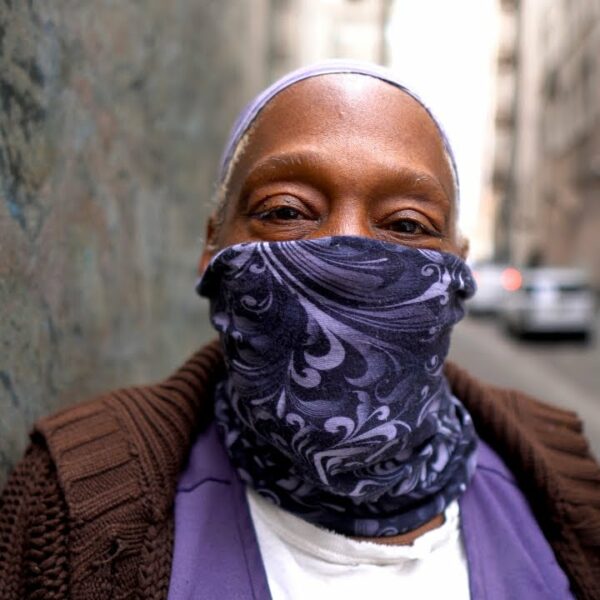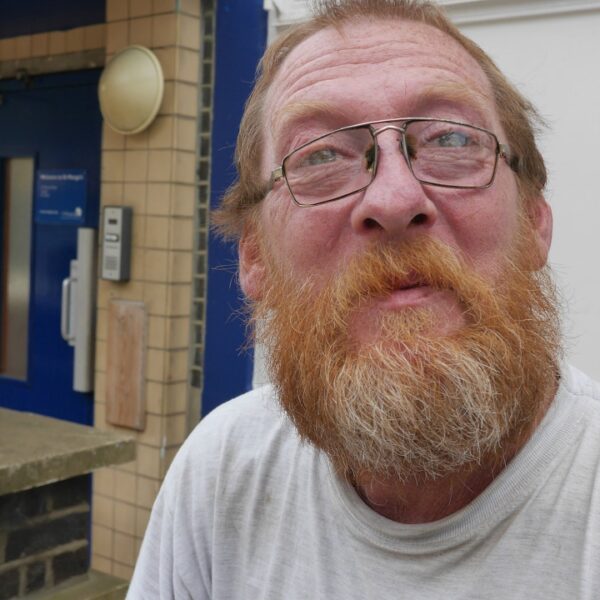When I landed in Seattle last month, I received an email from Daniel Malone, who at the time was Deputy Director of DESC and is now Executive Director. In the email, Daniel asked me what I wanted to see during my visit. While still on the plane typing with my thumbs I responded “wet housing”, but as soon as I hit send I felt a little uncomfortable that I used that term. I quickly followed up with another email requesting to see their “low barrier services”. I am not sure why I corrected myself; it was probably out of my own insecurity trying to sound more professional.
“We don’t use the term ‘wet housing.’ We use the term ‘housing’ because in housing people get to do what they want to do.” ~ Daniel Malone
As many of you know I love and support the harm reduction model and strongly believe the United States needs to add more harm reduction solutions if we are ever going to end homelessness. Over the years you’ve heard me use the term “wet housing” to reference services that allow alcohol. At the same time you’ve also heard me scream real loud that we need to provide people with dignity, and that the housing first model (when done right), is by far the best solution to get people out of homelessness. When Daniel Malone said to me: “We don’t use the term ‘wet housing.’ We use the term ‘housing’ because in housing people get to do what they want to do.” something just clicked it made so much sense!
Harm reduction saves lives and saves taxpayer money!
I understand some of you have issues with harm reduction. Keep in mind that this morning you (hopefully) brushed your teeth – that’s harm reduction. Using seat belts in a car is harm reduction. Harm reduction simply put is a strategy to prevent negative consequences. In the housing first model, and what I love so much about DESC’s view, it’s about allowing people to be people!
The most expensive solution to end homelessness is criminalization and it doesn’t actually end homelessness. If you support criminalization, you might as well just give the government access to your bank account for easy withdrawal. For example, New York City’s average annual cost per inmate in 2012 was $167,731. The second most expensive is just leaving people on the streets. As Daniel shares in the video below, people experiencing homelessness often go through a lot of crises that can increase the cost of public services. University of Washington’s research showed year over year savings to the community was $4 million. Here is a link to DESC’s research page http://desc.org/research.html
My friend Bevan Dufty says that the housing and harm reduction model at DESC should be replicated in every city in America. I have to agree. But don’t take my word for it, check out the research, and if you can – go visit to see for yourself!












